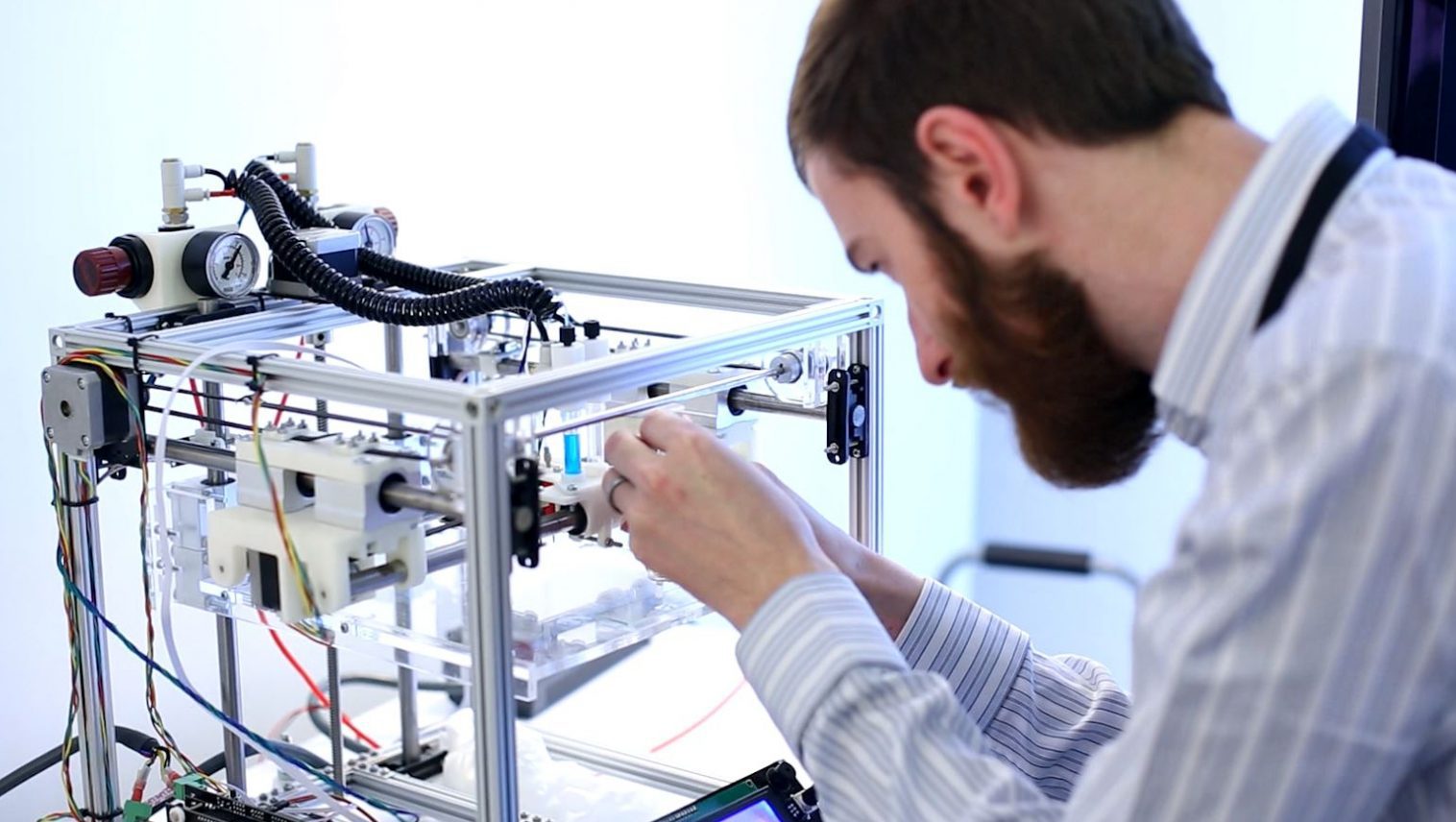The introduction of 3D printing technology has been one of the most significant advancements in the medical field in recent years. The ability to create customized, patient-specific objects has revolutionized the way doctors approach treatment for a variety of conditions. From prosthetics to organ replacements, the possibilities of 3D printing in the medical industry are endless.
Prosthetics
 Source: bing.com
Source: bing.comProsthetics have long been a crucial part of the medical industry. However, traditional prosthetics can be expensive and may not always fit the patient’s specific needs. With 3D printing, prosthetics can be customized to fit the exact measurements of the patient’s limb, making them more comfortable and functional. Additionally, 3D-printed prosthetics are significantly cheaper than traditional prosthetics, allowing more people to have access to them.
Dental Implants
 Source: bing.com
Source: bing.com3D printing has also revolutionized the field of dentistry. Dental implants created through 3D printing technology are much more precise and accurate than traditional implants, which can lead to a better fitting and functioning implant for the patient. Additionally, 3D printing allows for the creation of implants that were previously impossible to produce with traditional manufacturing methods.
Organ Replacement
 Source: bing.com
Source: bing.comPerhaps the most groundbreaking application of 3D printing in the medical industry is the possibility of creating organ replacements. While this technology is still in the early stages of development, it has the potential to revolutionize the way we approach organ transplantation. With 3D printing, organs can be created to match the exact specifications of the patient, reducing the risk of rejection and making the transplantation process more efficient.
Surgical Tools
 Source: bing.com
Source: bing.comAnother area where 3D printing has made a significant impact is in the creation of surgical tools. With 3D printing, surgeons can create tools that are tailored to the specific needs of a particular procedure. This can lead to more precise and efficient surgeries, reducing the risk of complications and improving patient outcomes.
Medical Models
 Source: bing.com
Source: bing.com3D printing has also been used to create medical models for a variety of purposes. These models can be used to help doctors plan surgeries by providing a more accurate representation of the patient’s anatomy. Additionally, medical models can be used to help patients better understand their conditions and visualize the treatments that they will undergo.
Conclusion
The impact of 3D printing on the medical industry cannot be overstated. From prosthetics to organ replacements, the possibilities that this technology provides are endless. As the technology continues to advance, it is likely that we will see even more groundbreaking applications in the field of medicine.